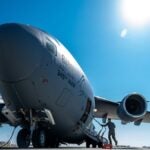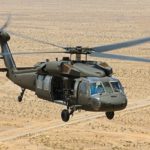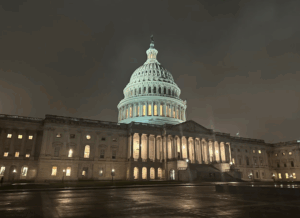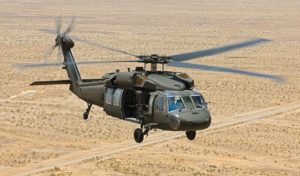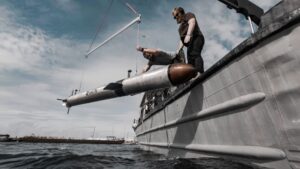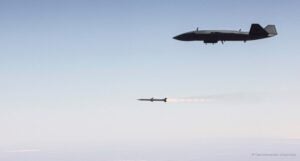
The House Appropriations Committee defense panel is proposing the allowance of more than nine developmental test F-35 fighters. Section 219 of the fiscal 2025 National Defense Authorization Act increased the number of developmental test aircraft in a Lot 18 or later buy from six to at least nine--three of each U.S. Air Force, Marine Corps, and Navy variant--under the F-35 Continuous Capability Development and Delivery (C2D2) effort. Such planes are to field by 2030. The HAC-D fiscal 2026 bill spells…


